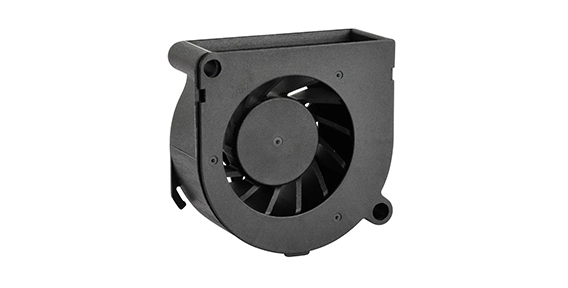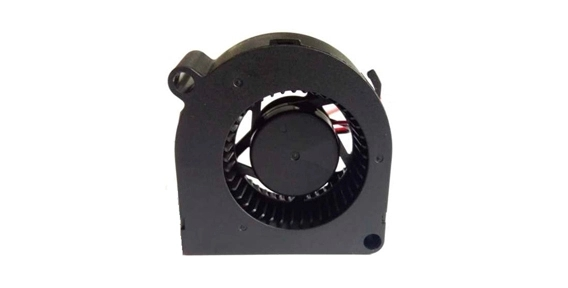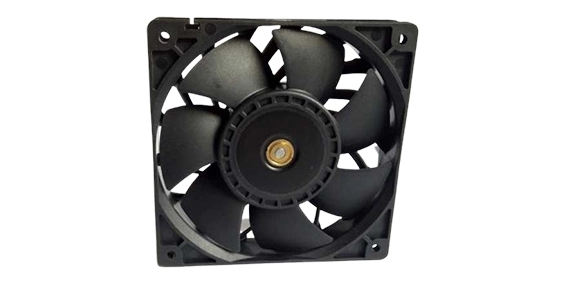Automotive blower fans play a critical role in maintaining a comfortable cabin temperature and ensuring the smooth functioning of various vehicle systems. In recent years, significant advancements have been made in blower fan technology to optimize engine efficiency and reduce environmental impact. This article will explore the different types of automotive blower fans and their features, as well as their impact on engine efficiency and the environment.
Types of Automotive Blower Fan and Features
Axial Blower Fans
Axial blower fans are the most commonly used type in automotive applications.
They are designed to move air parallel to the fan's axis, generating a high volume of air.
These fans are often compact, making them ideal for smaller vehicles, and offer efficient airflow.
Axial fans can be combined with fan controllers to enable various speed settings, ensuring optimal climate control.
Centrifugal Blower Fans
Centrifugal blower fans generate airflow perpendicular to the fan's axis.
They are characterized by their ability to increase air pressure, making them suitable for air conditioning systems.
These fans enhance cooling efficiency by maximizing the volume of air moved per unit of power consumed.
Centrifugal blower fans are often used in larger vehicles or those with more demanding cooling requirements.
Automotive Blower Fan: Optimizing Engine Efficiency
Axial fan function can significantly contribute to optimizing engine efficiency. By effectively managing the engine's temperature, blower fans ensure that it operates within the recommended parameters, minimizing the risk of overheating. An overheated engine can lead to decreased performance, higher fuel consumption, and increased emissions.
Blower fans with advanced speed control mechanisms can optimize engine efficiency further. By adjusting the fan speed based on the engine's cooling requirements, these fans help reduce unnecessary power consumption, resulting in improved fuel efficiency.

Automotive Blower Fan: Reducing Environmental Impact
The advancements in automotive blower fan technology have also addressed the need to reduce the environmental impact of vehicles. By improving the efficiency of cooling systems, blower fans contribute to reducing fuel consumption, leading to lower greenhouse gas emissions.
Additionally, the use of energy-efficient motors and optimized fan blade designs has minimized power wastage, making blower fans more eco-friendly. These advancements not only benefit the environment but also reduce operational costs for vehicle owners.
As automotive technology continues to evolve, advancements in blower fan technology have played a crucial role in optimizing engine efficiency and reducing the environmental impact of vehicles. The different types of automotive blower fans, such as axial, centrifugal, and dual fans, offer diverse features and benefits tailored to specific applications. With their improved design, speed control mechanisms, and energy efficiency, automotive blower fans have become essential components in ensuring a comfortable cabin climate while minimizing fuel consumption and emissions. By embracing these advancements, vehicle manufacturers and owners can contribute to a more sustainable and eco-friendly future.


 EN
EN 

 +
+
 +
+
 +
+



